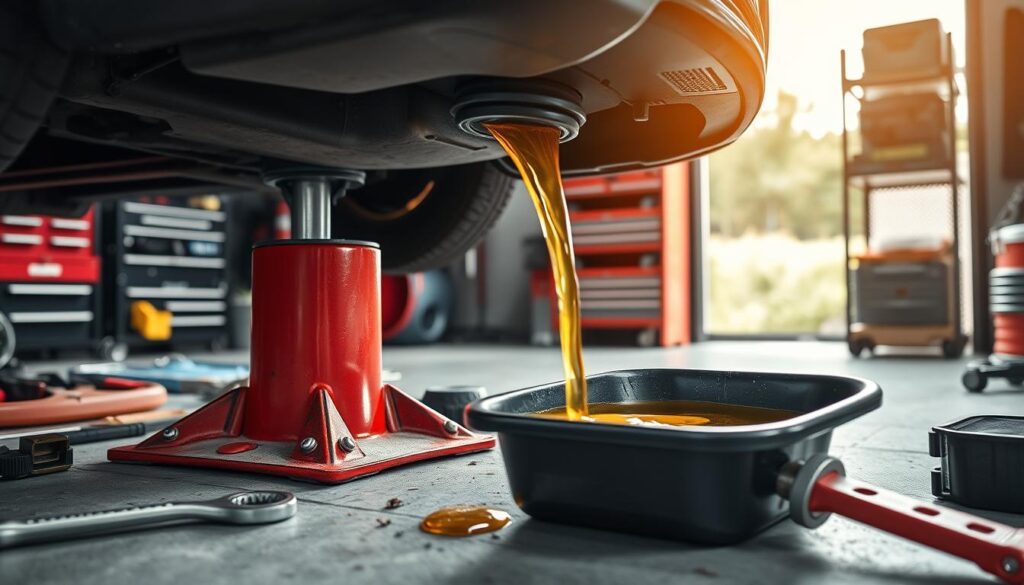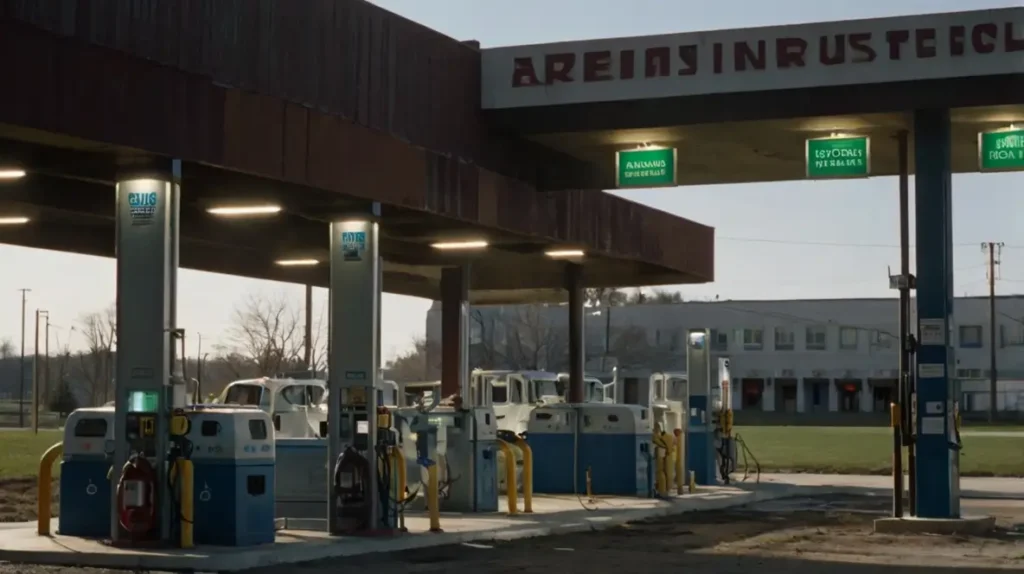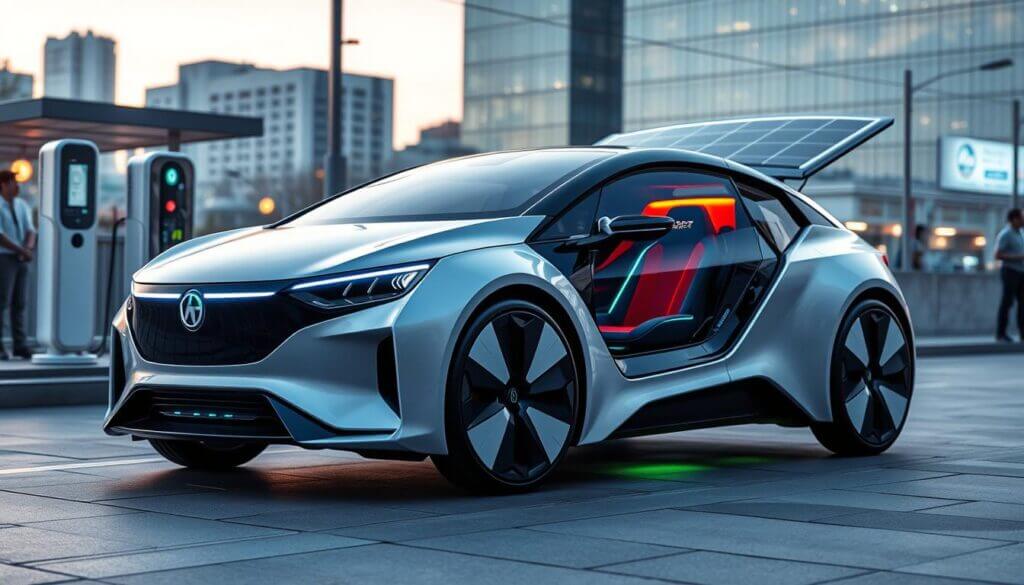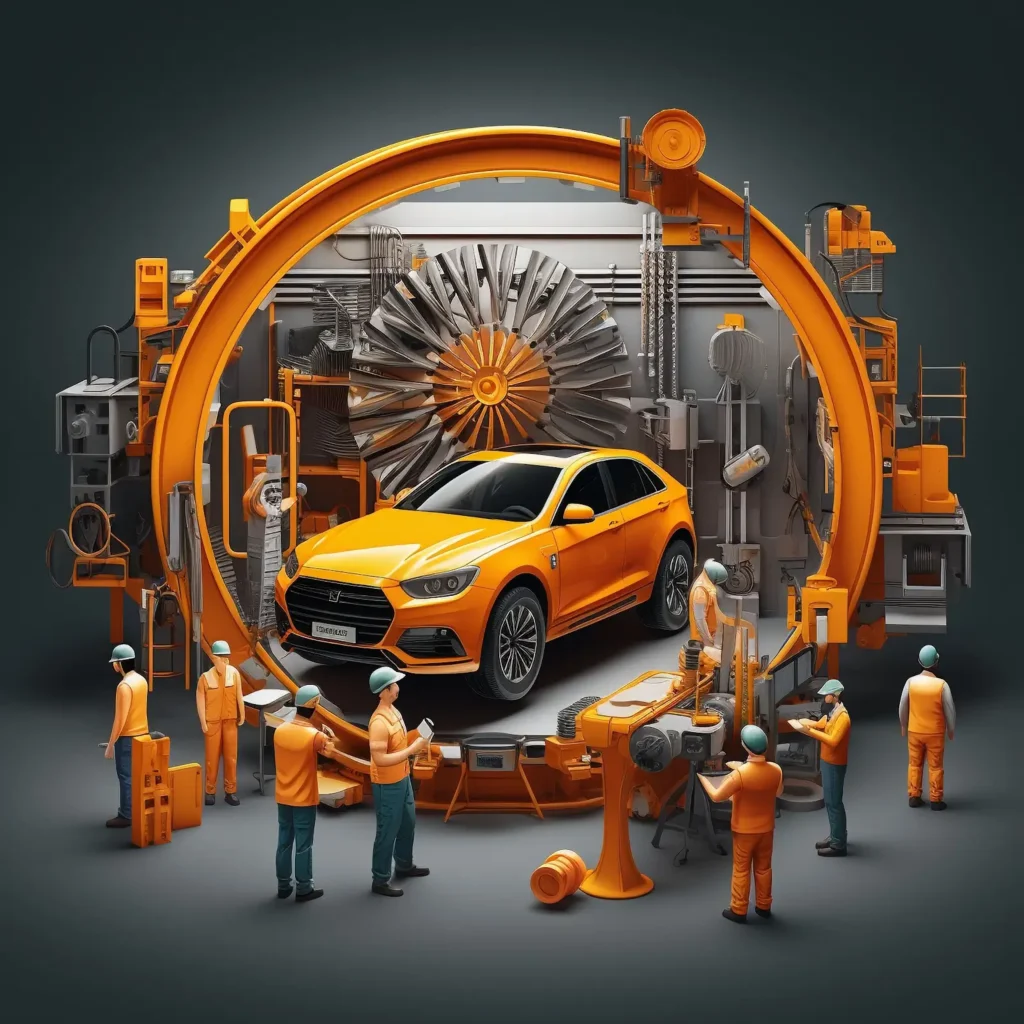Congratulations on hitting the 50,000-mile mark! This is a major milestone for your car, and it’s the perfect time to give it the attention it truly deserves. Think of it as a spa day for your ride—a little TLC to keep it running smoothly and reliably for the long haul. The 50,000-mile car maintenance is far from just another routine task; it’s the key to keeping your vehicle in peak condition, avoiding unexpected breakdowns, and ensuring you enjoy every mile ahead. Let’s dive deep into why this moment is so important and how you can keep your car performing like a dream, mile after mile. By focusing on preventive maintenance, you’re setting your car up for success—and saving yourself from those nightmare repairs down the road. This isn’t just another routine check-up; it’s your chance to give your vehicle the care it needs to thrive well beyond the 50,000-mile mark. Imagine fewer breakdowns, a smoother ride, and a car that runs like it’s brand new—all because you took the time now to invest in its health. This comprehensive guide will take you step-by-step through every crucial service, every component that needs attention, and explain why this milestone is such a game-changer for your car’s performance, safety, and longevity. Let’s dive in and make sure your car is ready to conquer many more miles ahead! What Happens at 50,000 Miles? Car maintenance is absolutely crucial once you hit that 50,000-mile milestone. At this point, the wear and tear on various parts of your vehicle start to become noticeable. Even though modern cars are built to last, they still need consistent upkeep to stay in top shape. By the time you reach 50,000 miles, components like brake pads, tires, filters, and fluids often need attention. This is also the perfect time to keep an eye out for any small issues that, if left unchecked, could turn into much bigger—and more expensive—problems down the road. Why 50,000-Mile Car Maintenance is Crucial Maintaining your vehicle is about so much more than just keeping the engine humming along. Car maintenance is a vital aspect of car ownership that encompasses safety, efficiency, and even the preservation of your vehicle’s resale value. When you hit that significant 50,000-mile milestone, it’s crucial to pay attention to the various systems that keep your car performing at its best. At this stage, wear and tear begin to manifest on essential components, and if you neglect scheduled maintenance, you risk damaging major parts such as the transmission, engine, and braking system. These critical elements are not just the heart of your vehicle; they are also the most expensive to repair. Skipping out on maintenance now could lead to costly breakdowns later, putting both your safety and your wallet at risk. By following a regular maintenance schedule, you’ll not only improve your car’s fuel economy but also extend its lifespan. Regular checks and services can help identify potential issues before they escalate into serious problems, allowing you to address them while they’re still minor. This proactive approach not only saves you money on repairs but also gives you peace of mind knowing that your car is safe and reliable for every journey you take. So, as you reach that 50,000-mile mark, take the time to invest in your vehicle’s health. Remember, car maintenance is not just about routine checks; it’s an essential commitment to your safety, your car’s performance, and your investment. Prioritizing this care now will pay off in the long run, keeping your vehicle running smoothly and helping you avoid the pitfalls of neglect. Your car will thank you for it, and you’ll enjoy every mile ahead with confidence! Essential Inspections for Your 50,000-Mile Maintenance Check One of the most crucial aspects of your 50,000-mile maintenance check is the thorough inspection of several critical components. This isn’t just a quick glance; it’s an opportunity to take a comprehensive look at everything that keeps your vehicle running smoothly, from the tires to the brake system. At this milestone, wear and tear can begin to take a toll on various parts of your car, and catching any issues early can save you both time and money down the road. You’ll want to examine your tires for tread wear and proper inflation, ensuring they can grip the road effectively. Additionally, the brake system requires special attention—checking the brake pads, rotors, and fluid levels to ensure your vehicle stops safely and efficiently. This detailed inspection is all about safeguarding your investment and ensuring your vehicle is road-ready. It’s a proactive approach that can identify potential problems before they escalate, allowing you to enjoy your drives with confidence. So, roll up your sleeves and get ready to give your car the thorough check it deserves at this pivotal 50,000-mile mark! Tires – Tread, Rotation, and Balance Tires play a vital role in your car’s overall performance, impacting both fuel efficiency and safety. At the 50,000-mile mark, it’s essential to give your tires a thorough inspection. Look for signs of wear, check the tread depth, and ensure that wear patterns are even across all tires. This will help you gauge their condition and performance. Most manufacturers recommend rotating your tires every 6,000 to 8,000 miles to promote even wear and extend their lifespan. However, at this milestone, it’s also crucial to balance and align your tires. Proper alignment and balance not only enhance your driving experience but also prevent uneven wear, which can signal larger issues such as suspension problems that need immediate attention. Taking the time to inspect and maintain your tires can make a significant difference in how your car handles on the road, keeps you safe, and helps improve your fuel efficiency. So don’t overlook this critical aspect of your 50,000-mile maintenance; your tires are your direct connection to the road, and keeping them in top shape is key to a smooth, safe ride! Brake Pads and Rotors – Safety Comes First Your braking system is undoubtedly one of the most critical










